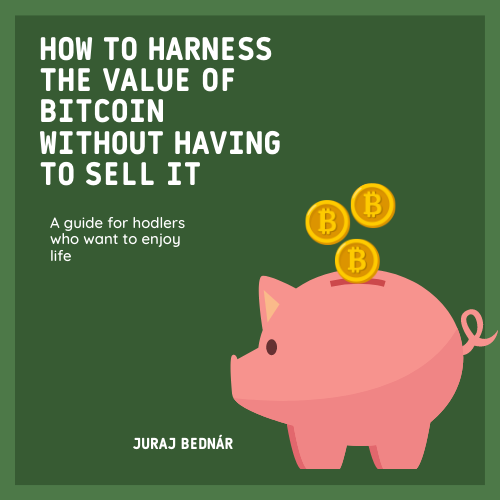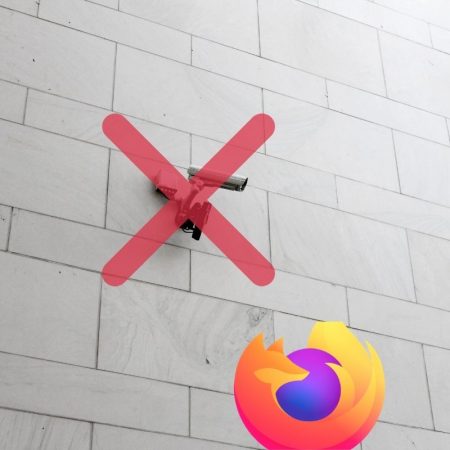Description
The mini-course and mini-ebook explains collateralized loans (Firefish and 10101 on Bitcoin mainnet, MakerDAO, Aave on the Avalanche and Ethereum network) and futures, with which we can enjoy our Bitcoin investment without having to sell Bitcoin.
What is the course about?
Even the most hard-core Bitcoin HODLers sometimes have to pay rent, mortgage, utility bill or school tuition for their kids. Selling Bitcoins not only comes with negative emotions of parting with your precious satoshis, but often other inconveniences such as taxes and tax declarations that make the situation even worse. I can’t help you with Bitcoin taxation, there are other experts for that, but what if we could find a way to pay the rent, the mortgage, the electricity, the hardware wallet, and the kids’ school without having to sell the Bitcoin in the first place? We could avoid a potentially taxable event altogether. Please note though, that I do not know the laws of country where you have potential tax obligations. This is a technological overview of lending options, not tax advice. For tax advice, seek a licensed professional.
Also please note, that most of the projects I talk about explicitly forbid use by citizens or residents of United States of America. Sorry, dear yankees, we love you, but your government makes it so hard to create compliant services, that most projects and companies just exclude you and serve customers that live somewhere else.
Let us first examine how it is possible that rich people do not pay (a lot of) taxes. Elon Musk, Jeff Bezos and others have, of course, enough money to pay the best accountants and the best tax-optimisation schemes that work and allow them not to pay taxes and at the same time not end up with a fine or jail time. Their companies often use these tax schemes, but we are talking about individuals now.
The reality is often surprisingly simple – those who do not earn an income do not have to pay income taxes. Those who do not realize capital gains do not pay capital gains tax. A common way billionaires finance their lifestyle is by borrowing. They go to a private bank and say “I own shares in my company and would like to use them as a collateral and take out a loan”. Of course, if they give the bank $10 million worth of stock, they can borrow a lower value – say $1 million or $5 million (this ratio is called LTV – loan to value and it protects the lender against sudden drops of the collateral’s value). The advantage of this approach is not only tax-related, but the shares that are pledged to the bank as a collateral allow the owner to keep the stock’s voting rights, for example, so they don’t lose control of their company. If the value of the shares plummets, the bank can call on the borrower to repay the loan or replenish the collateral. If the owner fails to do so, the bank will sell the shares on an open market (this is in many countries a taxable event for the shareholder if the sale occurs at a price higher than the purchase price). Can we take a similar approach in the cryptocurrency environment? Thanks to the emerging DeFi (decentralized finance) environment, it is possible. Bitcoin maximalists may have an unpleasant aftertaste when reading these words, but I remind you of your alternative – sell your Bitcoins and maybe even pay a tax.
What will you learn
How to take out a crypto loan and stay exposed to bitcoin growth. The exact steps are described in the e-book and selected parts are also in the form of a video tutorial with screencasts – borrowing via MakerDAO (Oasis Borrow) and end-to-end via Aave on the Avalanche network (from installing the browser extension, adding Bitcoin collateral to a successful loan). We include the use of native Bitcoin->Avalanche bridge.
For those that do not like to bridge or wrap their coins, I guide you through Firefish, or Lightning-DLC based Bitcoin futures using 10101.
As this industry is rapidly evolving, the web interface of these products may look different over time, the essential principle of operation is what I will show you.
Form
The ebook is in PDF, epub and mobi formats. It can also be read as you go through the course online through the web interface after you login.
If you want to get the book in paperback form, it is also available, but it is not updated as often as the course.


